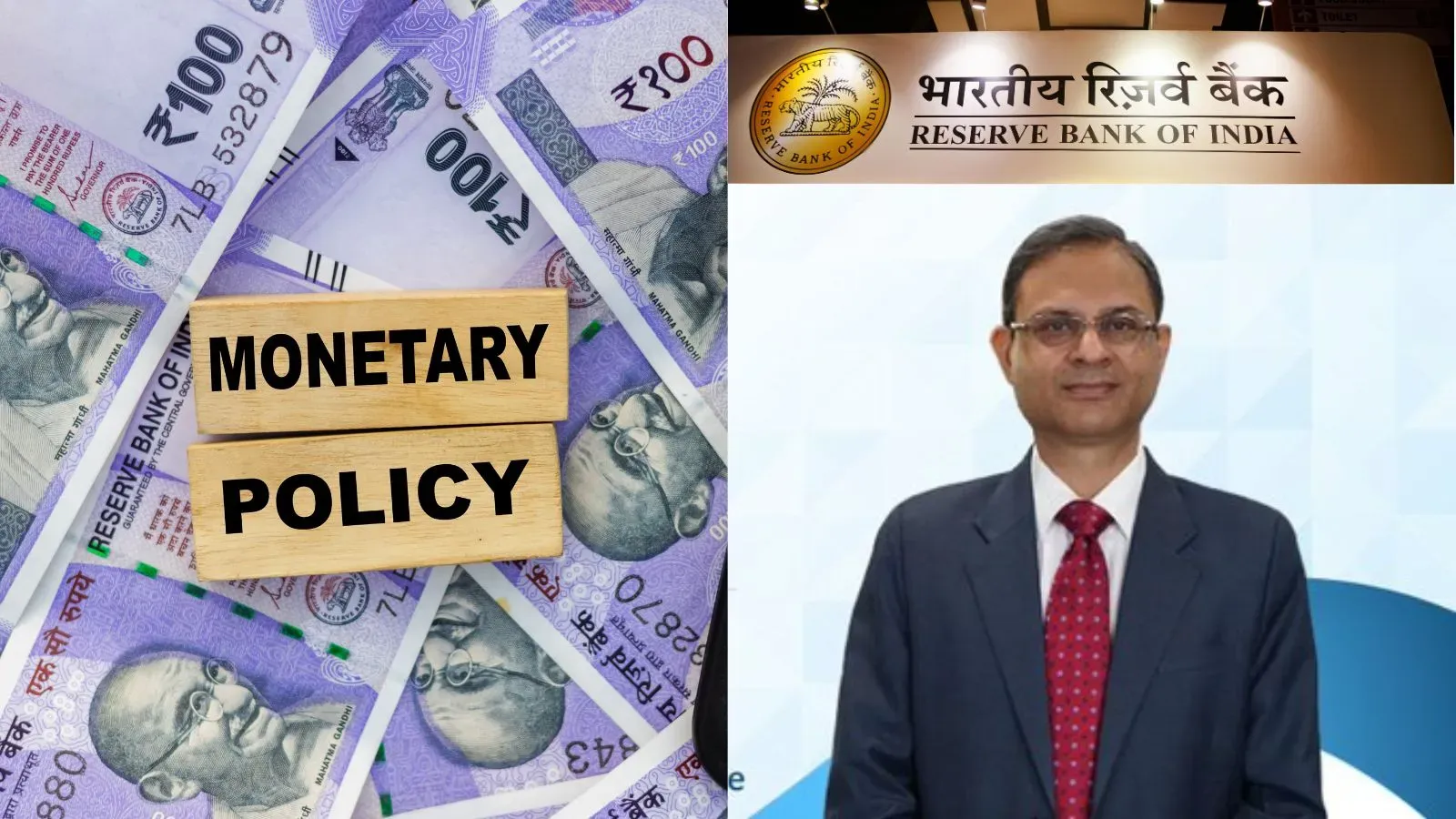Business News
GST reform will stimulate consumption; revenue impact to be more than expected: Moody's Ratings
.png)
3 min read | Updated on September 10, 2025, 09:47 IST
SUMMARY
It said, ‘The GST reform is another form of fiscal policy support for households, complementing the higher income tax thresholds introduced in February that effectively exempted many middle-income households from paying income taxes and lowered income tax payments for others.

The new structure of the goods and services tax (GST) will come into effect on September 22. | Image: Shutterstock
Moody's Ratings in its latest report has said the GST reform that has lowered tax rates on 375 items is another form of fiscal policy support for households and will stimulate consumption. It also pointed out that the reforms will reduce government revenues. It noted that a decline in India's effective GST rates will likely boost private consumption and support economic growth at a time that the country faces external pressures from higher US tariffs.
The GST Council, in its meeting last week, approved to make Goods and Services Tax (GST) a two-tier structure of 5% and 18%, with a special rate of 40% on tobacco and related products and ultra-luxury items. The new rates will be effective September 22, barring tobacco and related products, which would continue to be taxed at 28% plus a compensation cess till December 31. Currently, GST is levied in the slabs of 5%, 12%, 18% and 28%.
It said, ‘The GST reform is another form of fiscal policy support for households, complementing the higher income tax thresholds introduced in February that effectively exempted many middle-income households from paying income taxes and lowered income tax payments for others. Both measures aim to boost household consumption, which accounts for about 61% of GDP’.
It said the announced changes to the GST framework effectively lower the average tax rates applied to goods and services bought and sold in India, given the elimination of one of the higher tax tiers as well as the withdrawal of GST for some items. It added lower prices will also help keep inflation at bay. The government estimates net foregone revenue this year of Rs 48,000 crore ($5.4 billion), based on calculations using data from fiscal 2024.
It said, ‘Combined with tax measures announced in the fiscal 2025-26 budget in February, particularly the increase in the personal-income threshold for paying income taxes, the consolidated GST tiers will erode revenue buoyancy’. It said, ‘Given the government's use of revenue-eroding measures to support growth over the past year, we do not expect significant revenue-enhancing measures over the remainder of its term.
This, in turn, preempts material gains in debt reduction or improvements in debt affordability. It noted ‘Reflecting its high level of general government debt, India continues to have the weakest debt affordability among investment-grade sovereigns, with interest payments amounting to about 23% of general government revenue in fiscal 2024-25; by contrast, the Baa-rated median was much lower at around 8.3%’
By signing up you agree to Upstox’s Terms & Conditions
About The Author

